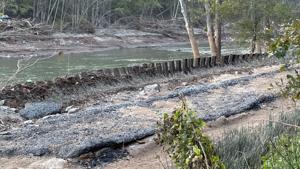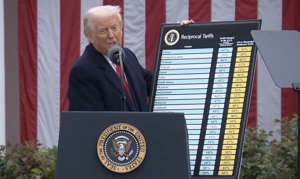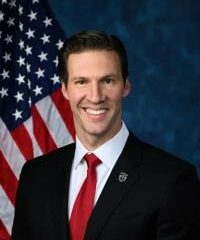(The Center Square) – Colorado Gov. Jared Polis Thursday signed a controversial gun control bill that requires a permit and safety training to buy firearms that accept detachable magazines.
Senate Bill 25-003 was originally a ban on the sale or purchase of most semi-automatic rifles or shotguns that take detachable magazines. But it was amended to allow for purchases if the buyer gets a “firearms safety course eligibility card” from their sheriff department and completes a firearm education course.
The bill also prohibits the purchase and sale of all rapid fire conversion devices, like bump stocks and binary triggers.
“I am focused on improving public safety and making Colorado one of the top 10 safest states in the country,” the Democratic governor said in a statement. “This bill ensures that our Second Amendment rights are protected and that Coloradans can continue to purchase the gun of their choice for sport, hunting, self-defense or home defense. I am confident that this bill contributes to improving public safety in our state by helping to ensure an educated and trained gun owner community, including gun safety and safe storage.”
Polis said the law isn’t a ban.
“High-capacity magazines are what put the ‘mass’ into mass shootings, which is why over a decade ago Colorado Democrats passed legislation to prohibit magazines that hold over 15 rounds of ammunition,” bill sponsor Sen. Tom Sullivan, D-Centennial, whose son was killed in the 2012 Aurora theater shooting, said a news release Thursday. “This legislation is another in the list of policies I have worked on to develop evidence-based solutions and reduce gun violence of all types. The people of Colorado have mandated that we do something about the public health crisis that is gun violence, so that’s what we’re going to do.”
Rep. Meg Froelich, D-Englewood, who also sponsored SB 25-003, said the law requires purchasers to complete “a rigorous safety training course and acquire a permit to purchase the most deadly weapons on the market to ensure that they are not a danger to themselves or our communities.”
Republicans in the legislature and the California State Shooting Association had urged Polis to veto SB 25-003. The association Thursday condemned Polis’ decision to sign the bill and said the new law represents “a direct assault on the Second Amendment rights of law-abiding Coloradans.”
The law “imposes unprecedented restrictions on the purchase of semi-automatic firearms through a burdensome permit-to-purchase scheme,” the association said in a statement sent to The Center Square.
The California State Shooting Association said Polis was aligning with anti-gun radicals over the will of the people.
“The Colorado State Shooting Association is actively exploring every legal option to challenge this unconstitutional law,” CSSA President Ray Elliott said. “Our legal team is preparing to contest Senate Bill 3, and we are committed to pursuing justice through every available avenue.”
Additionally, the association will work to elect pro-Second Amendment legislators in 2026 to replace those who voted for SB 25-003, CSSA Executive Director Huey Laugesen said.















































